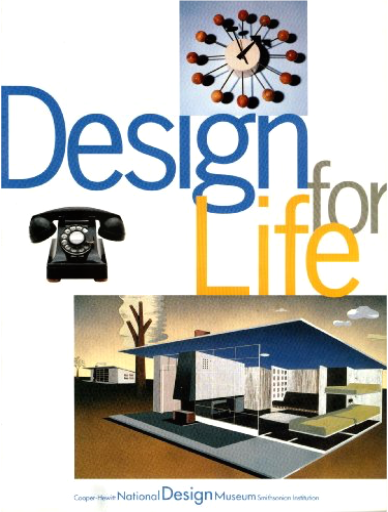 The National Design Museum in New York is one of the largest repositories of design in the world, with a collection of nearly a quarter of a million objects such as typewriters, tea pots, architectural renderings, lace, wallpaper sample books and posters. This celebration of the Museum's 100th anniversary, draws on its experience of a century of collecting, documenting and studying design. It also displays thousands of the Museum's most prized exhibits. The collection is divided into four curatorial areas: applied arts and industrial design, textiles, wall coverings and drawings and prints, each overseen by a curatorial team responsible for its care, documentation and interpretation. Each section is accompanied by explanatory notes from the Museum's curatorial team. 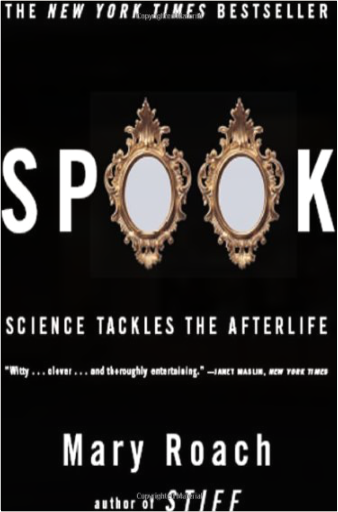 "Equal parts Groucho Marx and Stephen Jay Gould, both enlightening and entertaining."—Sunday Denver Post & Rocky Mountain News The best-selling author of Stiff: The Curious Lives of Human Cadavers now trains her considerable wit and curiosity on the human soul. What happens when we die? Does the light just go out and that's that—the million-year nap? Or will some part of my personality, my me-ness persist? What will that feel like? What will I do all day? Is there a place to plug in my lap-top?" In an attempt to find out, Mary Roach brings her tireless curiosity to bear on an array of contemporary and historical soul-searchers: scientists, schemers, engineers, mediums, all trying to prove (or disprove) that life goes on after we die. She begins the journey in rural India with a reincarnation researcher and ends up in a University of Virginia operating room where cardiologists have installed equipment near the ceiling to study out-of-body near-death experiences. Along the way, she enrolls in an English medium school, gets electromagnetically haunted at a university in Ontario, and visits a Duke University professor with a plan to weigh the consciousness of a leech. Her historical wanderings unearth soul-seeking philosophers who rummaged through cadavers and calves' heads, a North Carolina lawsuit that established legal precedence for ghosts, and the last surviving sample of "ectoplasm" in a Cambridge University archive.  "One of the funniest and most unusual books of the year....Gross, educational, and unexpectedly sidesplitting."—Entertainment Weekly Stiff is an oddly compelling, often hilarious exploration of the strange lives of our bodies postmortem. For two thousand years, cadavers—some willingly, some unwittingly—have been involved in science's boldest strides and weirdest undertakings. They've tested France's first guillotines, ridden the NASA Space Shuttle, been crucified in a Parisian laboratory to test the authenticity of the Shroud of Turin, and helped solve the mystery of TWA Flight 800. For every new surgical procedure, from heart transplants to gender reassignment surgery, cadavers have been there alongside surgeons, making history in their quiet way. 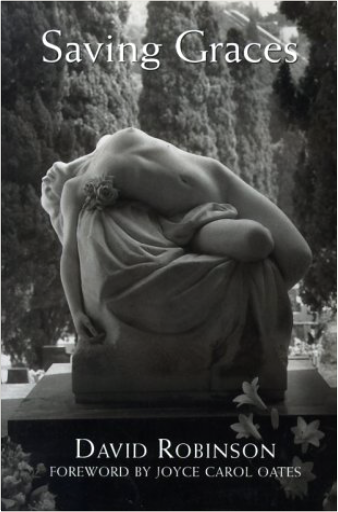 Many cemeteries in Europe are strewn with shockingly sensual sculptures of women.  B0027BN9VM  You’ll think you’ve died and gone to heaven when you sample the delicious fare laid out in DEATH WARMED OVER, a unique collection of more than 75 recipes typically served at funeral ceremonies. Dishes such as creamy, fresh cheese blintzes; rich, sweet rugelach; warm crêpes Suzette; and savory quiches appear alongside descriptions of rituals and traditions from more than 100 ethnic, cultural, and religious groups from around the world. One part sociological study and one part cookbook, DEATH WARMED OVER explains the background and proper timing for such culinary rituals as passing a hen and loaf of bread over a grave as dirt is shoveled onto the coffin, serving chocolate caskets and skull-shaped cakes at a funeral, and baking up a Funeral Pie to acknowledge the passing of a loved one. Whether you’ve been asked to provide food for a funeral feast or wish to bring an appropriate culinary contribution for the extended mourning period, look no further than DEATH WARM! ED OVER. This unique guide shows you how to incorporate long-standing ethnic and cultural traditions—from the Amish and Eskimo to Greek and Polish—into the planning of a well-rounded funeral celebration. | 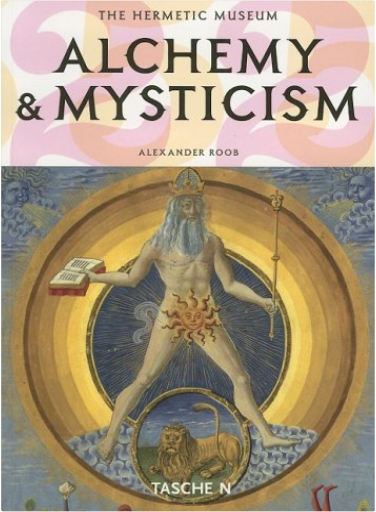 A fantastic journey through the history of esoteric lore: the great work of the alchemists (TASCHEN's 25th anniversary - Special edition) The Hermetic Museum takes its readers on a magical mystery tour spanning an arc from the mediaeval cosmogram and images of Christian mysticism, through the fascinating world of alchemy to the art of the Romantic era. The enigmatic hieroglyphs of cabbalists, Rosicrucians and freemasons are shown to be closely linked with the early scientific illustrations in the fields of medicine, chemistry, optics and colour theory. The author: Alexander Roob studied painting at the University of Fine Arts, Berlin. From 2000 to 2002, he was a professor at the University of Fine Arts, Hamburg. He has been teaching at the Academy of Fine Arts, Stuttgart since 2002. 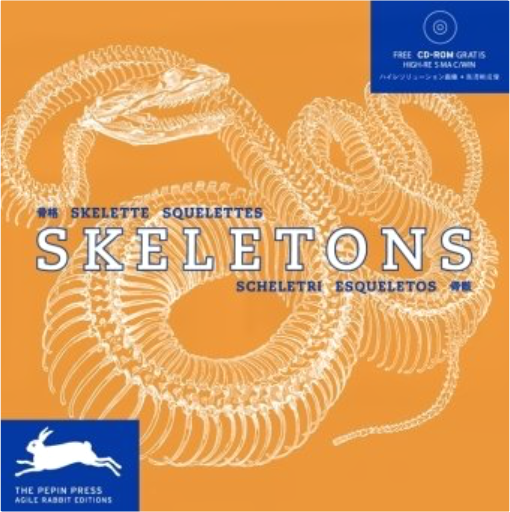 SKELETONS contains a selection of amazing line drawings of skeletons of a wide array of animals: from frogs to ostriches, from fish to mammoths, and from mice to ...humans. This incredible collection of surprising, amusing, and very recognizable images is stored on the accompanying free CD-ROM in high and low resolution; ready to use for professional quality printed media, web page design, to decorate letters, flyers, etc. 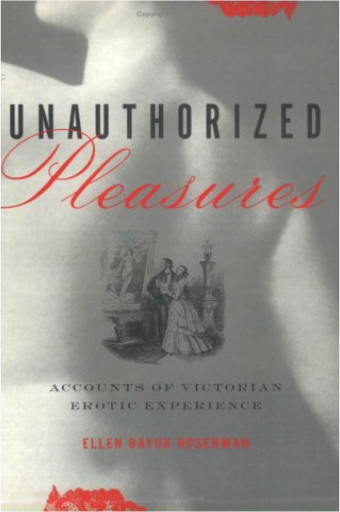 Recent books and exhibitions have shown that Victorians were not so straitlaced about sexual matters as has been popularly assumed. Ellen Bayuk Rosenman’s engrossing and enlightening book proves that the Victorians were extraordinarily articulate and resourceful when it came to expressing their sexual desires. Narratives of erotic experience were written, justified to the conservative culture, and circulated for the pleasure of readers. Rosenman’s exploration of masculinity and femininity in Victorian sexual storytelling includes an account of the "spermatorrhea panic" that terrified the men of Britain, tells of Theresa Longworth’s erotic revisions of the romance plot, and takes up the exhaustive, even exhausting, pornographic epic My Secret Life. 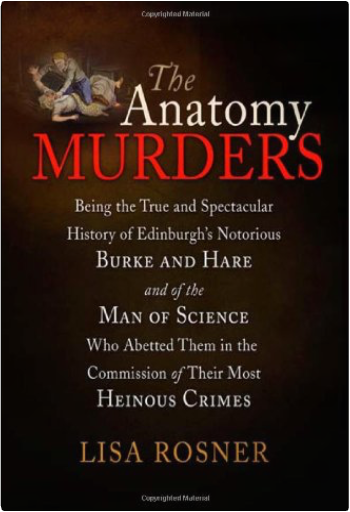 Up the close and down the stair,  "The peacock's tail," said Charles Darwin, "makes me sick." That's because the theory of evolution as adaptation can't explain why nature is so beautiful. It took the concept of sexual selection for Darwin to explain that, a process that has more to do with aesthetics than the practical. Survival of the Beautiful is a revolutionary new examination of the interplay of beauty, art, and culture in evolution. Taking inspiration from Darwin's observation that animals have a natural aesthetic sense, philosopher and musician David Rothenberg probes why animals, humans included, have innate appreciation for beauty-and why nature is, indeed, beautiful. Sexual selection may explain why animals desire, but it says very little about what they desire. Why will a bowerbird literally murder another bird to decorate its bower with the victim's blue feathers? Why do butterfly wings boast such brilliantly varied patterns? The beauty of nature is not arbitrary, even if random mutation has played a role in evolution. What can we learn from the amazing range of animal aesthetic behavior-about animals, and about ourselves? Readers who enjoyed the bestsellers The Art Instinct and The Mind's Eye will find Survival of the Beautiful an equally stimulating and profound exploration of art, science, and the creative impulse. |

Morbid Anatomy Museum
Collection Total:
1,253 Items
1,253 Items
Last Updated:
Jan 26, 2016
Jan 26, 2016


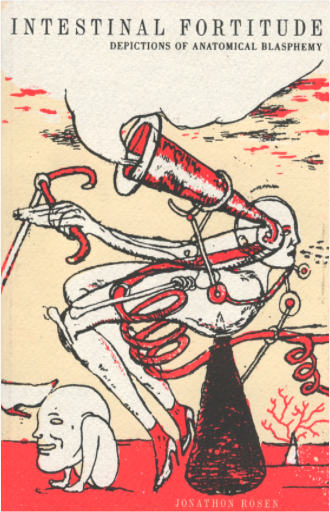
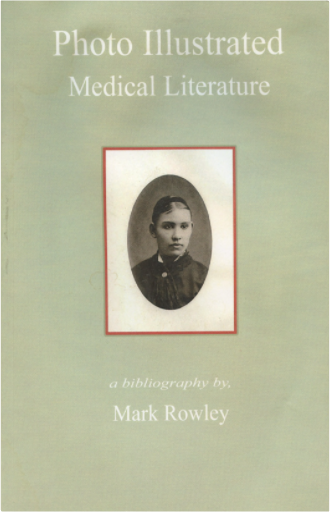
 Made with Delicious Library
Made with Delicious Library